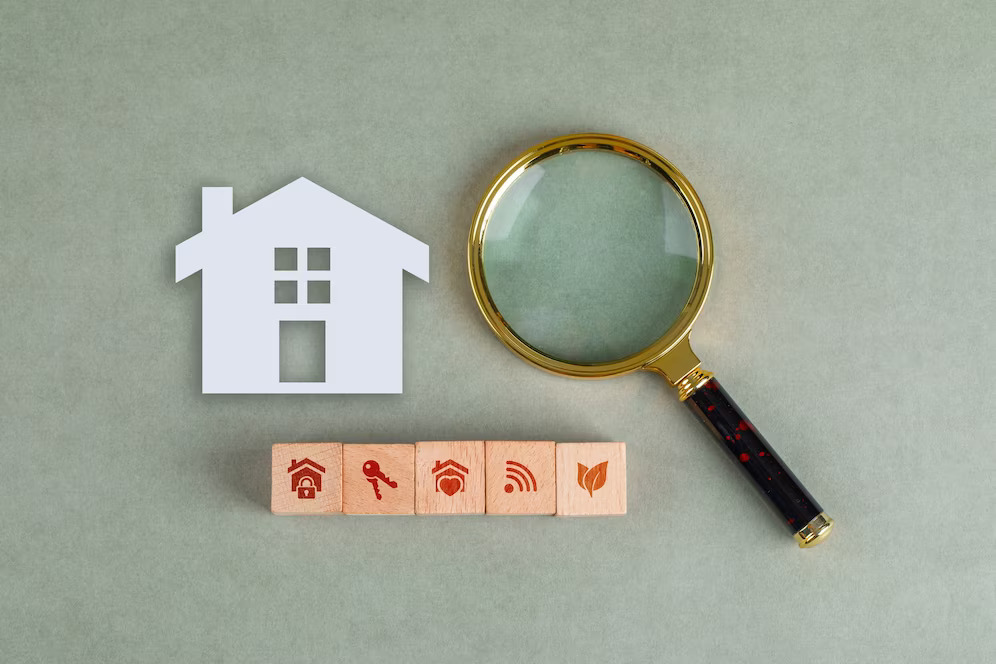
Dallas, with its rich history and diverse architectural styles, offers a unique opportunity for homebuyers looking to own a piece of the past. Historic homes in neighborhoods like Swiss Avenue, Munger Place, and Junius Heights charm potential buyers with their character and craftsmanship. However, purchasing an older home comes with its own set of challenges. That’s where a thorough Home Inspection Service Dallas becomes invaluable. Let’s dive into what you can expect when having a historic Dallas home inspected.
Understanding the Importance of Historic Home Inspections
Before we get into the specifics, it’s crucial to understand why inspecting a historic home is different from inspecting a newer property. Historic homes often have unique construction methods, materials that are no longer commonly used, and systems that have been updated over decades. A knowledgeable inspector will be familiar with these aspects and can provide insights that a general inspector might miss.
The Charm and Challenges of Dallas’s Historic Homes
Dallas’s historic homes offer a glimpse into the city’s past, with architectural styles ranging from Victorian and Craftsman to Prairie and Tudor Revival. While these homes boast irreplaceable charm, they also come with potential issues that require careful examination.
What Does a Historic Home Inspection Cover?
A comprehensive Home Inspection Service Dallas for a historic property will typically include the following areas:
-
Foundation and Structural Integrity
One of the most critical aspects of any home inspection, the foundation, is especially important in historic homes. Dallas’s clay soil can cause foundation problems, and older homes may have experienced settling over the years.
What We Look For:
- Signs of foundation movement or settling
- Cracks in walls, floors, or ceilings
- Uneven floors or doors that don’t close properly
- Issues with pier and beam foundations common in older homes
-
Roofing and Chimneys
Many historic homes in Dallas feature complex roof structures and multiple chimneys. These elements require careful inspection to ensure they’re in good condition and functioning properly.
What We Look For:
- Condition of roofing materials (slate, tile, or wood shingles are common in historic homes)
- Proper flashing and drainage
- Chimney structural integrity and lining condition
- Signs of water damage or leaks
-
Electrical Systems
Electrical systems in historic homes have often been updated over the years, sometimes piecemeal. It’s crucial to ensure that all electrical components are safe and up to code.
What We Look For:
- Outdated wiring (knob-and-tube or aluminum wiring)
- Overloaded circuits
- Proper grounding
- Updated electrical panels
-
Plumbing Systems
Like electrical systems, plumbing in historic homes may have been partially updated over time. A thorough inspection can reveal potential issues and necessary upgrades.
What We Look For:
- Old pipe materials (lead, galvanized steel)
- Signs of leaks or water damage
- Proper venting
- Condition of fixtures and water heater
-
HVAC Systems
Heating and cooling systems in historic homes may be a mix of old and new. Ensuring these systems are efficient and safe is crucial for comfort and energy costs.
What We Look For:
- Age and condition of HVAC equipment
- Proper ventilation
- Ductwork condition
- Energy efficiency
-
Windows and Doors
Original windows and doors are prized features in historic homes but can also be sources of energy loss and security concerns.
What We Look For:
- Condition of frames and glass
- Proper operation and sealing
- Signs of water damage or rot
- Security of locks and hardware
-
Interior Features
The interior of a historic home often includes unique features that require special attention during an inspection.
What We Look For:
- Condition of plaster walls and ceilings
- State of wooden floors and trim
- Functionality of built-in features (cabinets, bookshelves)
- Signs of past water damage or pest infestation
-
Exterior and Landscaping
The exterior of a historic home can provide clues about its overall condition and potential issues.
What We Look For:
- Condition of siding or masonry
- Proper grading and drainage away from the foundation
- Health of trees near the house
- State of walkways and driveways
The Inspection Process for Historic Homes
When you schedule a Home Inspection Service Dallas for a historic property, here’s what you can expect:
Pre-Inspection Research:
A good inspector will research the home’s history and typical issues for its age and style before the inspection.
Visual Inspection:
The inspector will thoroughly examine all accessible areas of the home, inside and out.
Systems Testing:
All major systems (electrical, plumbing, HVAC) will be tested for proper function.
Documentation:
The inspector will document findings with detailed notes and photographs.
Report Delivery:
You’ll receive a comprehensive report outlining the home’s condition and any issues discovered.
Follow-Up Consultation:
Many inspectors offer a chance to discuss the findings and answer any questions you may have.